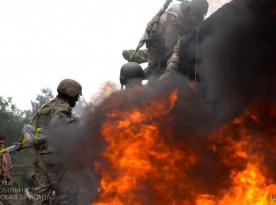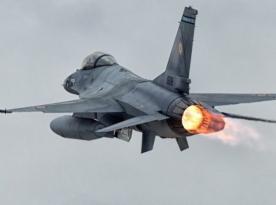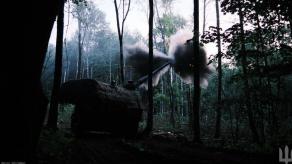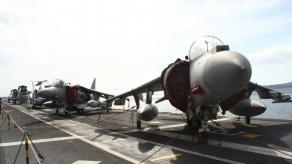Despite the popular idea that a tank is a versatile combat vehicle blending heavy armor, firepower, and mobility, this characterization doesn't entirely apply to Western tanks like the Leopard 2, Abrams, or Challenger 2. These tanks are actually far from the concept of being "jacks of all trades" or "assault vehicles," a distinction that sets them apart from their Soviet counterparts.
The primary reason for this contrast lies in the differing perspectives on tank roles between the USSR and NATO countries during the Cold War, shaped by different takeaways from World War II experiences.
Read more: Ukrainian Tank Crew on Pros and Cons of British Challenger 2 and Number of These Tanks Still in Operation
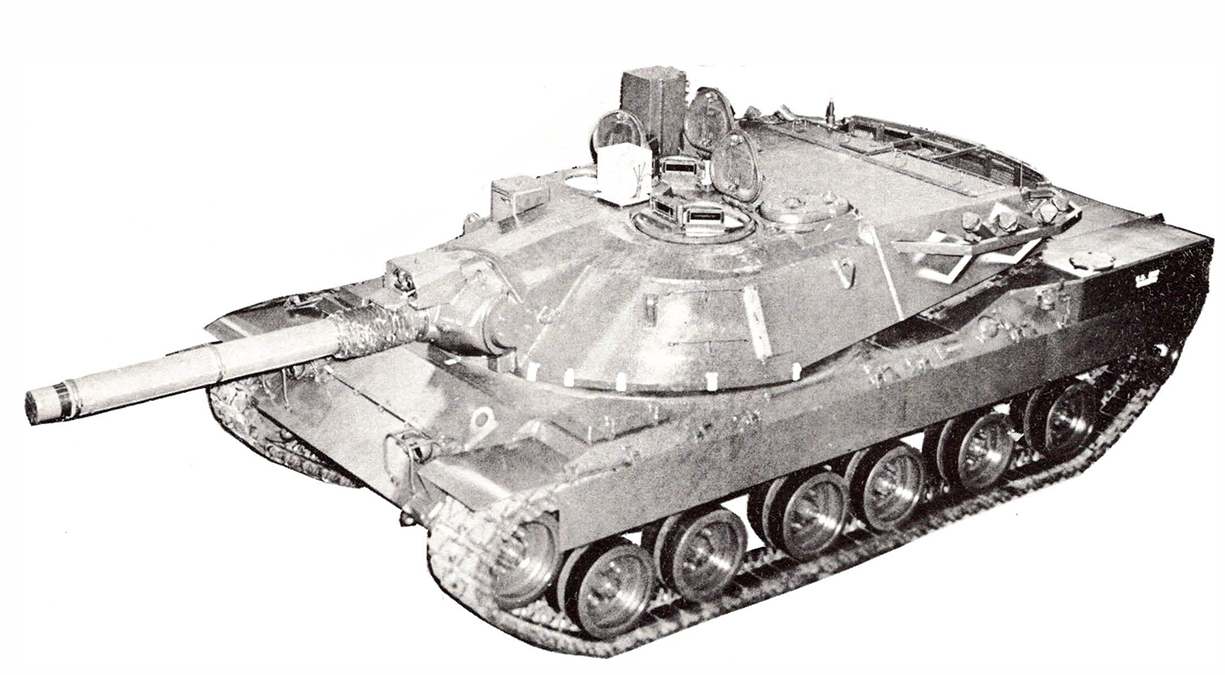
In the USSR, the starting point of tank development was the T-34, a mass-produced, adaptable machine that required compromise solutions in firepower, mobility, and protection. Conversely, modern Western tanks trace their origins back to the MBT-70, a joint USA–West Germany project in the 1960s, serving as a response to the Soviet T-64 and laying the groundwork for the Leopard 2 and M1 Abrams.
Crucially, the concept in the core of the MBT-70's design envisioned its role as a mobile anti-tank asset, rather than aiming to excel across all tasks at once. With a specific potential war theater in mind and the likely enemy being Europe and the USSR, the MBT-70's priority function was to stop a Soviet tank attack.
This specialization persisted into later iterations. When Germany introduced the 120mm Rh-120 smoothbore gun for the Leopard 2, replacing the temporary 105mm gun on the Abrams, no effort was made to develop a high-explosive fragmentation projectile. It's not like Rheinmetall had any problems with developing such ammunition, the American tank was simply never supposed to engage targets requiring such ammunition.
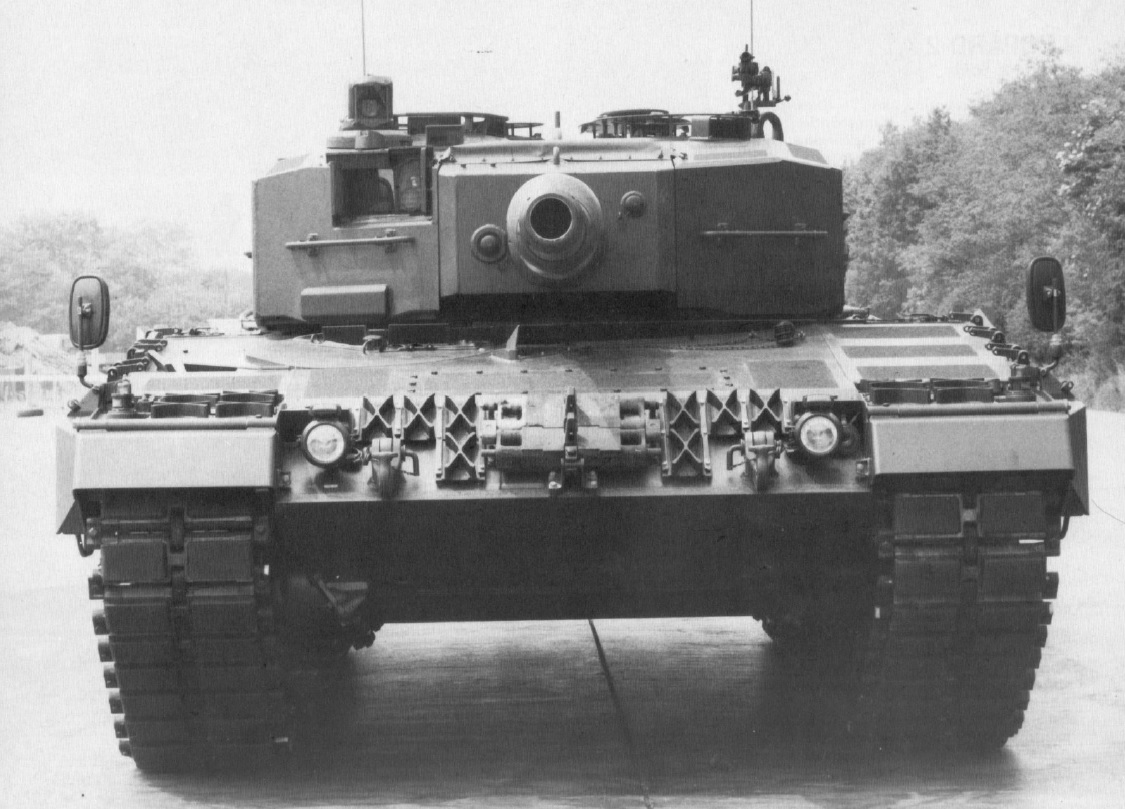
Therefore, in case of an emergency, the DM12 shaped charge (HEAT) round, or its American variant M830 HEAT-MP-T, was deemed enough to fight infantry in shelters.
This situation persisted until the 1990s when the U.S. Army began decommissioning the M728 Combat Engineer Vehicle with its short-barreled 165mm gun, which was supposed to fire peculiar squash head (HESH/HEP) projectiles, which technically were better against manpower but still far from classic high-explosive fragmentation.
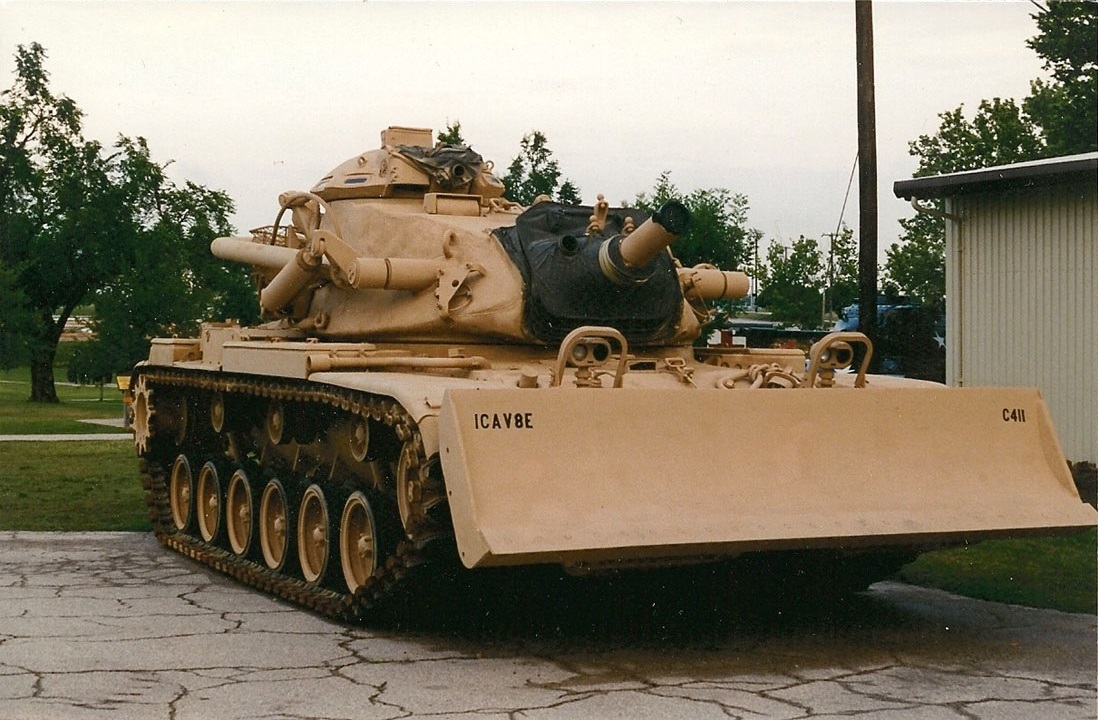
The lacuna in anti-personnel capability was noticed, notably, not in the USA but in South Korea, when it turned out the armored vehicles of the American military contingent and the Korean army itself could not effectively fight against infantry in cover.
Therefore, in 1996, Korea asked its ally to develop a specialized 120-mm ammunition. The resulting M908 HE-OR-T was a modified M830 HEAT with a steel nosecone which turned it into a penetrating round; it entered full service in 2003. Simultaneously, in 1999, again at the request of Korea, the US initiated the development of the M1028 canister shot; serial production commenced in 2004.
Then in the late 2000s, the DM11 appeared in the arsenal of M1 Abrams and Leopard 2 (known as Mk 324 in the US), this time it was already a full-fledged high-explosive fragmentation round, but a very sophisticated one. Among other things, it allowed the gunner to choose between a programmed air burst, delayed detonation after breaking through an obstacle, or a conventional trigger upon impact. It also contained preformed fragmentation elements — tungsten balls.
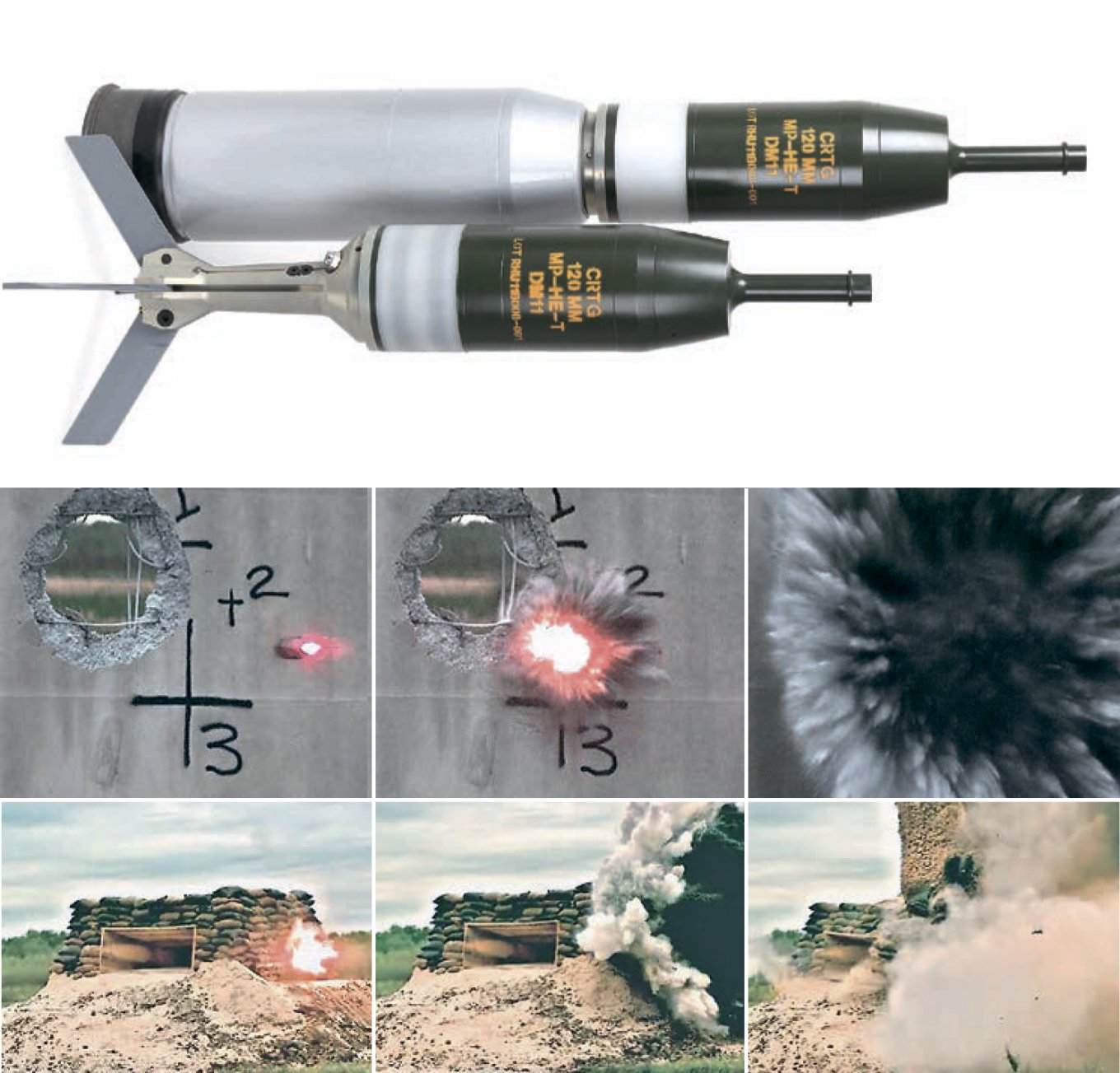
Meanwhile, the British Challenger 2 with its unique 120 mm L30A1 gun remains devoid of anti-personnel ammunition at all, be it canister, high-explosive fragmentation, or multipurpose anti-tank, relying solely on kinetic penetrators, HESH, and smoke rounds.
In essence, Western tanks retain their identity as specialized anti-tank vehicles, distinct from the multi-role, easily mass-produced Soviet models. The availability of anti-personnel ammunition for them is a consequence of an attempt to at least somehow cover the missing functionality in the basic version, which was not originally implemented during development.
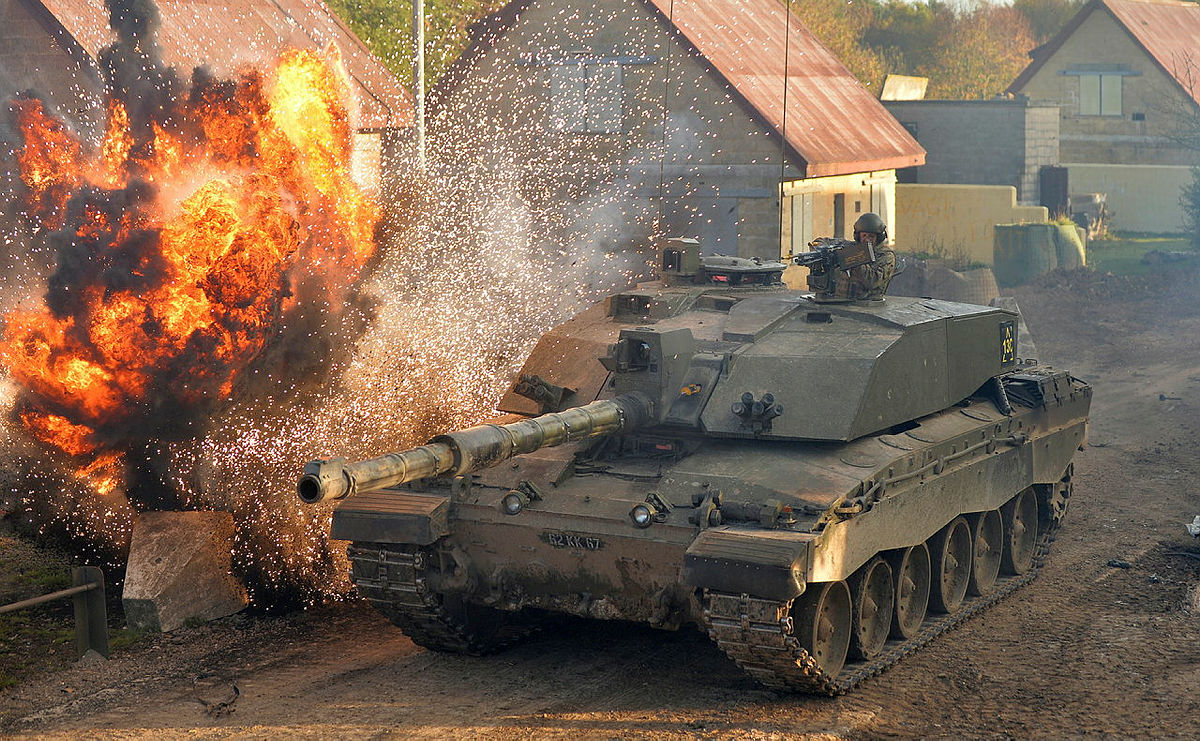
Read more: russia Turns to Older Equipment: Instead of Boomerang and Kurganets Armored Vehicles They Using MT-LB and Desertcross






